Top 10 Must-Know Tips for Caring for Dogs
- Mythical Animals

- Jan 25
- 4 min read
Caring for dogs is a rewarding challenge that many pet owners embrace. Whether you are new to pet ownership or experienced in nurturing dogs, employing effective care practices is essential. This post outlines ten crucial tips for dog care, ensuring a vibrant and healthy life for your furry friend.
1. Provide a Balanced Diet
A balanced diet is fundamental for your dog's health and longevity. Choose high-quality dog food tailored to your dog's age, size, and activity level. For adult dogs, food should be rich in protein and fat, while puppies need a diet high in carbohydrates for energy. Consult your veterinarian for specific recommendations. Avoid table scraps to keep your dog safe; for instance, chocolate and grapes can be toxic, while fatty foods may lead to obesity. Did you know that over 50% of dogs in the United States are overweight or obese? Feeding your dog the right diet can help prevent this issue.

2. Regular Exercise
Regular exercise is vital for your dog’s overall health. Aim for at least 30 minutes of exercise each day, whether that's walking, playing fetch in the yard, or engaging in interactive games. For example, breeds like Border Collies thrive on more intense activities, while smaller breeds, such as French Bulldogs, may only need shorter, brisk walks. Maintaining a healthy weight through exercise can significantly reduce the risk of obesity-related health problems, which affect approximately 20% of dogs.
3. Routine Veterinary Care
Routine veterinary check-ups are essential to your dog's health. Regular visits help detect potential issues before they become serious. Ensure your dog receives necessary vaccinations and is on a preventative treatment plan for fleas, ticks, and heartworm. Surveys show that dogs that receive regular veterinary care live 20% longer than those that do not, making those visits a vital part of responsible pet ownership.
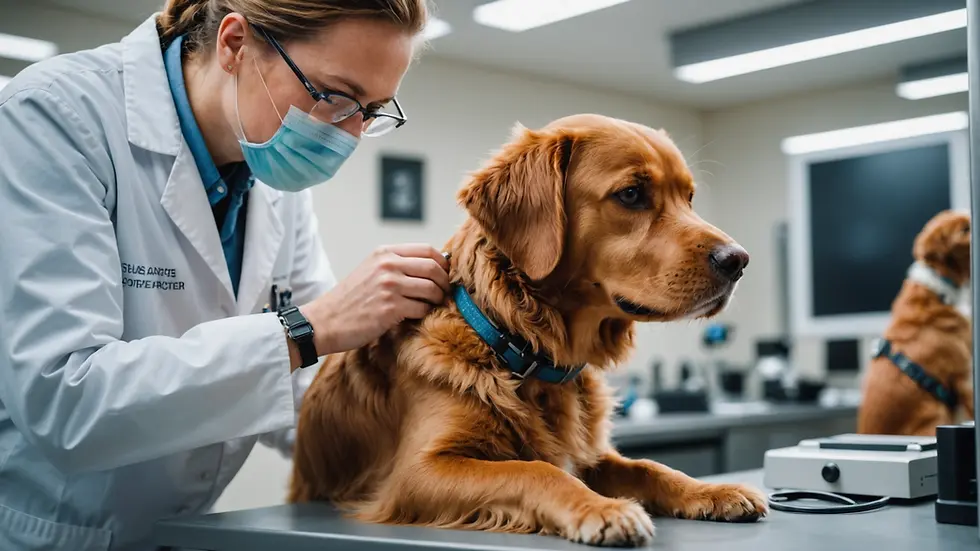
4. Grooming Practices
Regular grooming is as much about health as appearance. Brushing your dog several times a week keeps their coat clean and allows you to check for skin issues or parasites. Monthly professional grooming may be necessary for dogs with long hair like Golden Retrievers. Regular grooming can prevent matting, which affects over 40% of dogs with long fur.
5. Provide Mental Stimulation
Just like humans, dogs need mental challenges to stay happy and healthy. Utilize puzzle toys, training sessions, and interactive games to keep your dog's mind sharp. For example, teaching your dog commands or new tricks can enhance their mental engagement. Research indicates that mentally stimulated dogs tend to be more well-behaved and experience less anxiety, making this aspect of care just as critical as physical exercise.
6. Create a Safe and Comfortable Environment
Your home should be a haven for your dog. Remove potential dangers, such as poisonous plants or small items that could be choking hazards. Ensure your dog has a comfortable bed in a quiet space for relaxation and access to fresh water at all times. A safe environment can reduce stress and anxiety in dogs, creating a more harmonious household.
7. Socialization
Proper socialization prepares your dog for various situations throughout life. Exposing your dog to other pets, people, and different environments, particularly during their first year, can reduce anxiety and behavioral problems later. Group training classes or visits to dog parks are excellent venues for meeting other dogs. Statistics show that well-socialized dogs are significantly less likely to develop behavioral issues, helping them lead happier lives.
8. Training and Obedience
Training fosters good communication between you and your dog. Basic obedience skills not only make daily life easier but also promote good behavior. Consider enrolling in a local dog training class or using positive reinforcement techniques at home. Patience and regular practice can lead to successful training outcomes and a well-mannered pup.
9. Understand Your Dog's Behavior

Recognizing your dog's unique personality and communication style is vital. Each dog expresses needs and emotions differently, so pay attention to their body language and vocalizations. For example, a wagging tail doesn't always mean a dog is happy; it could indicate excitement or nervousness. Understanding these cues can help you respond appropriately, adding to your dog's comfort and security.
10. Love and Affection
Finally, showing love and affection is essential in your dog’s care. Spend quality time with your dog, engage in play, and shower them with praise. Healthy relationships based on trust and affection increase your dog's emotional well-being. Studies show that dogs who receive ample love and attention from their owners are more emotionally stable and exhibit fewer behavioral problems.
Embrace the Journey of Pet Ownership
Caring for dogs involves a range of responsibilities that significantly impact their happiness and health. By following these ten essential tips, dog owners can create an enriching life for their pets. A happy dog reflects a caring owner, and the love you invest will always be returned. Enjoy every moment of this rewarding journey with your beloved companion!











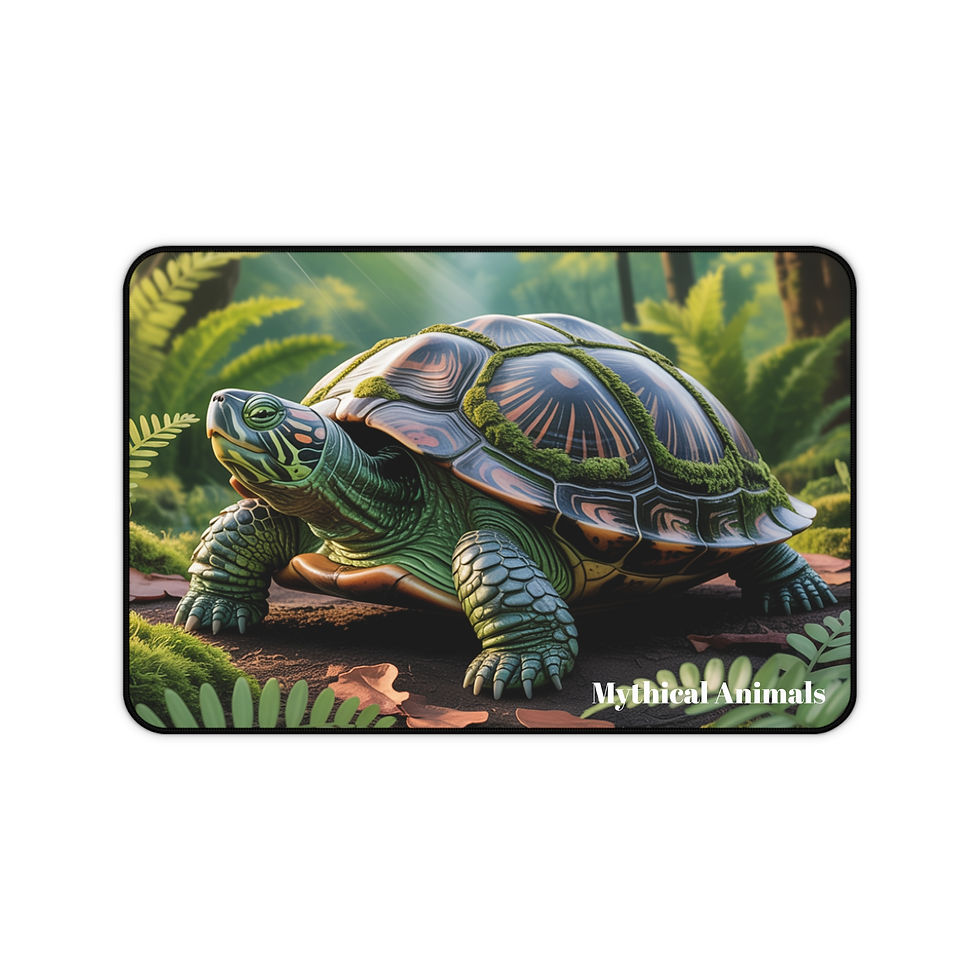
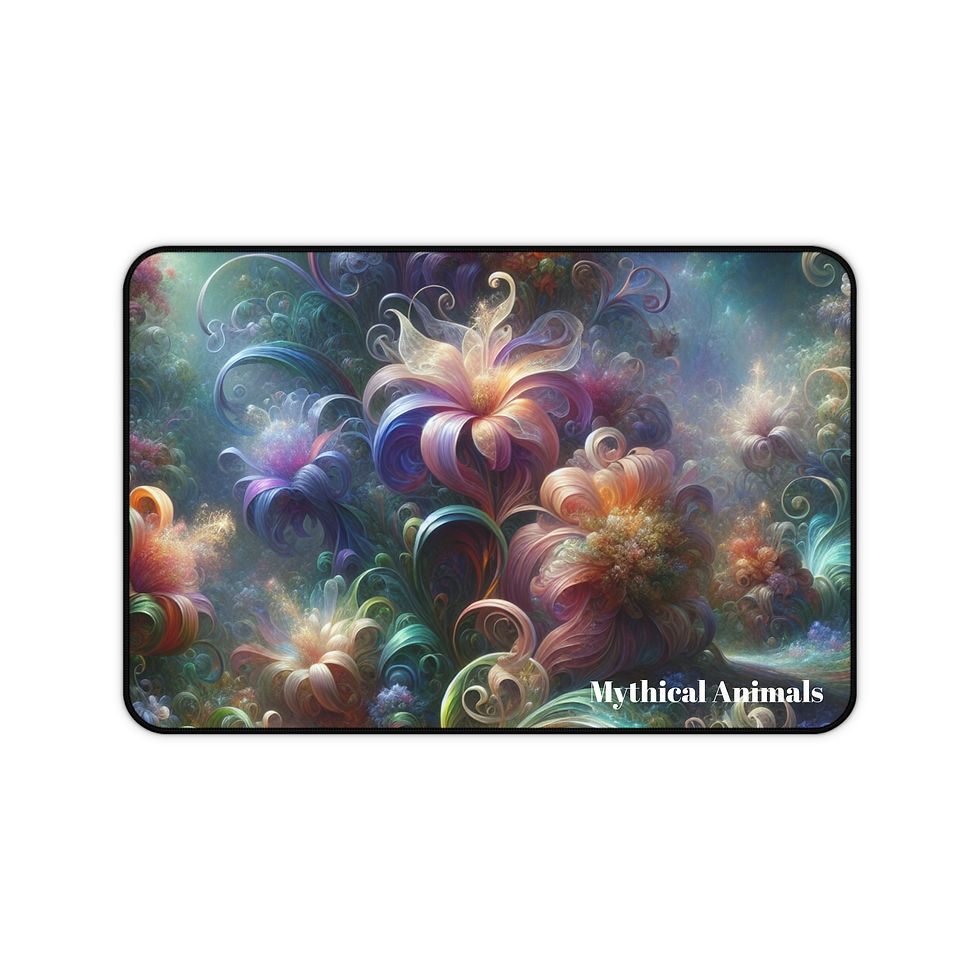

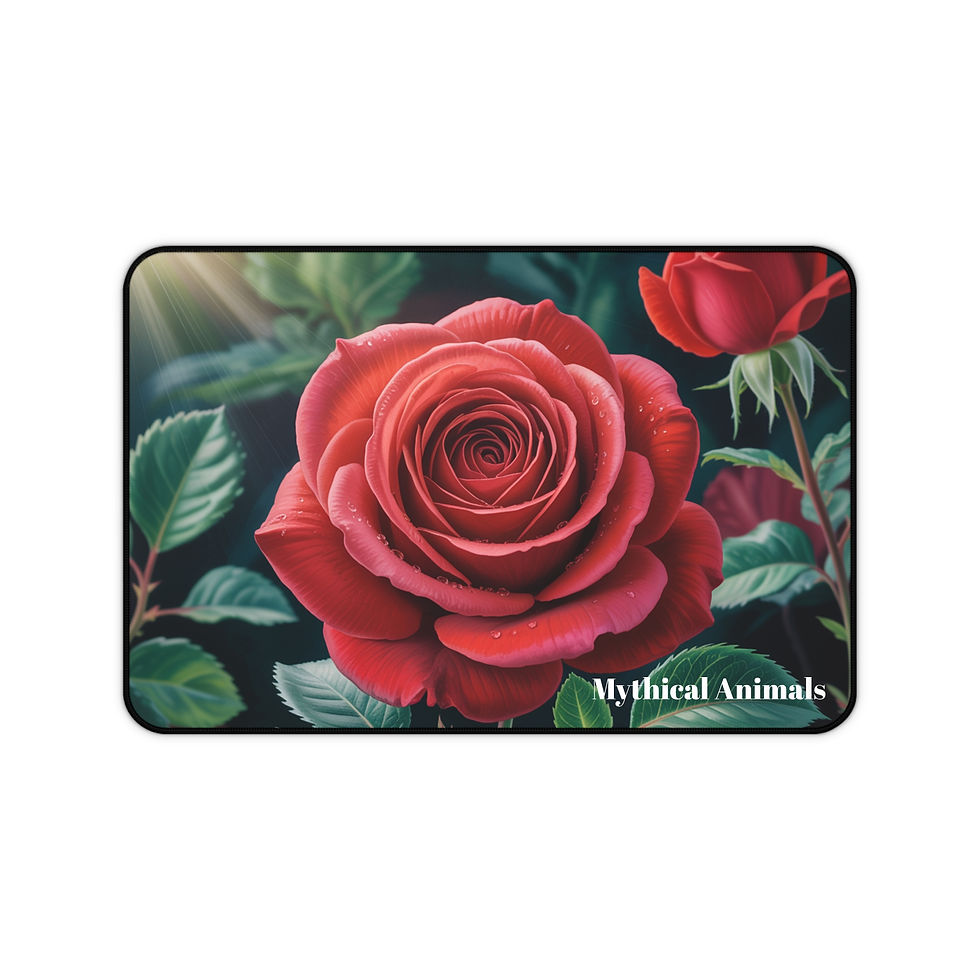
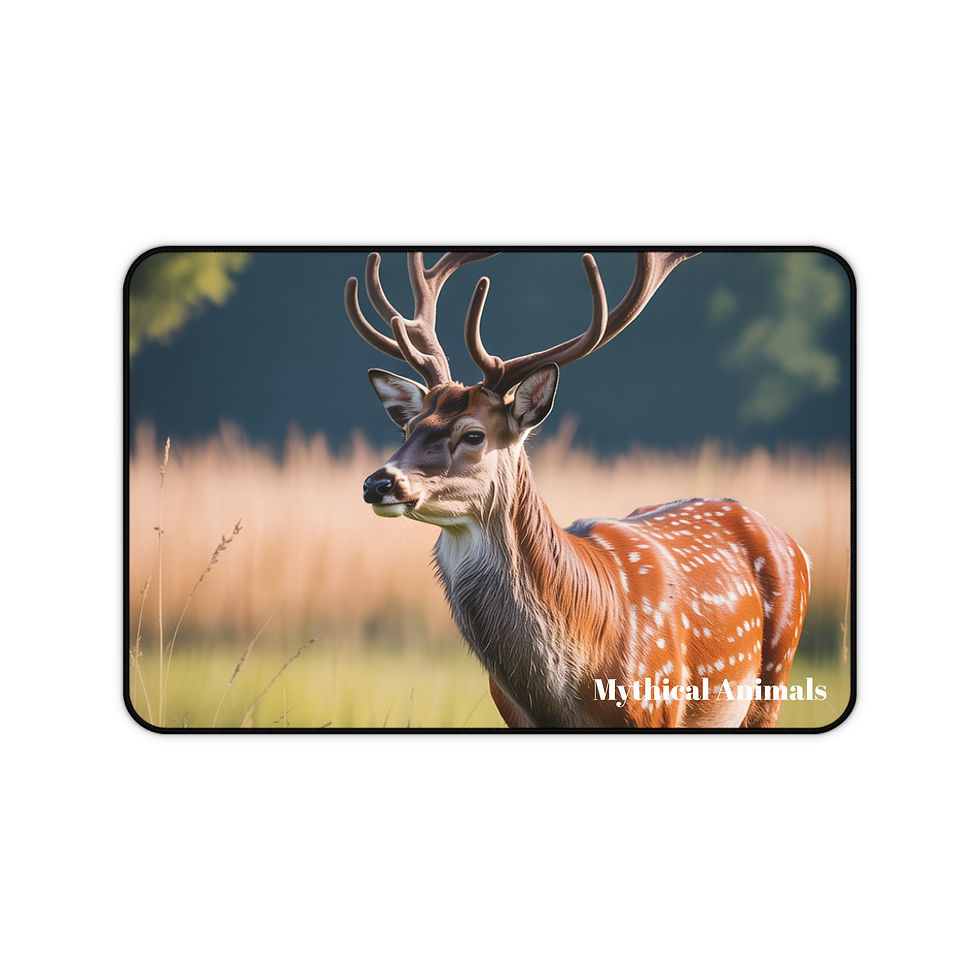

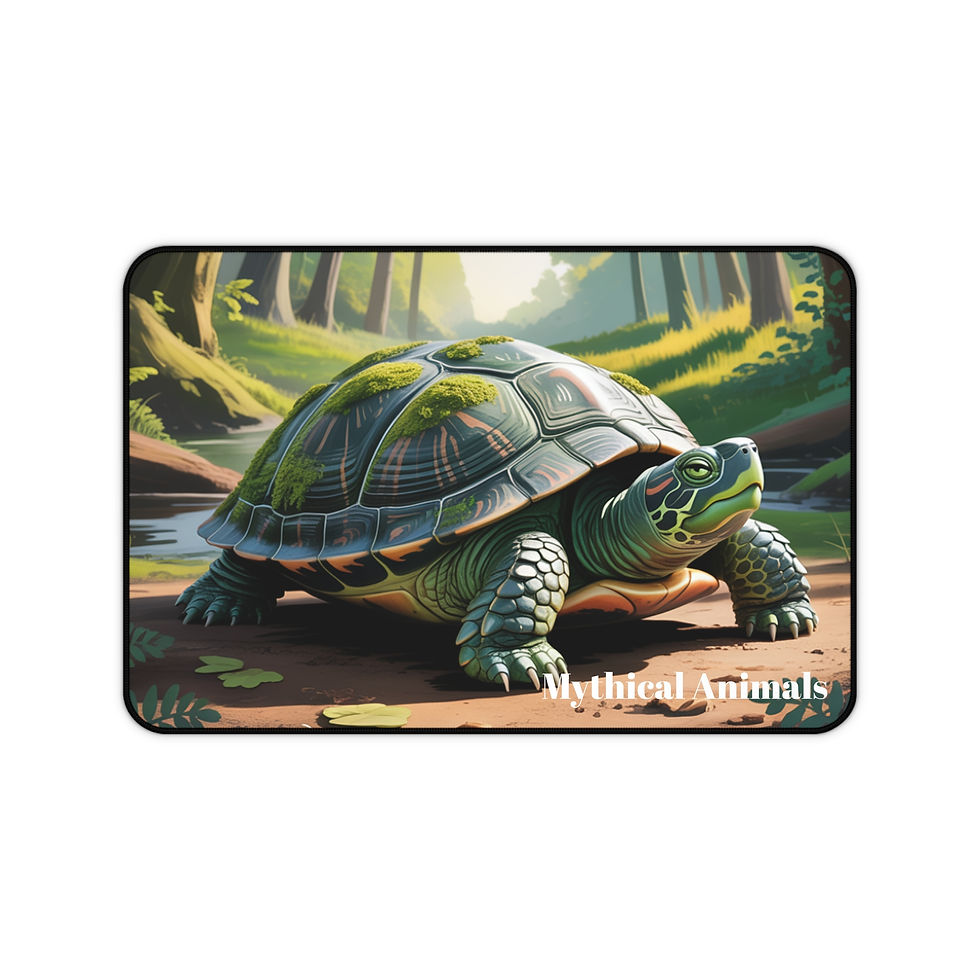
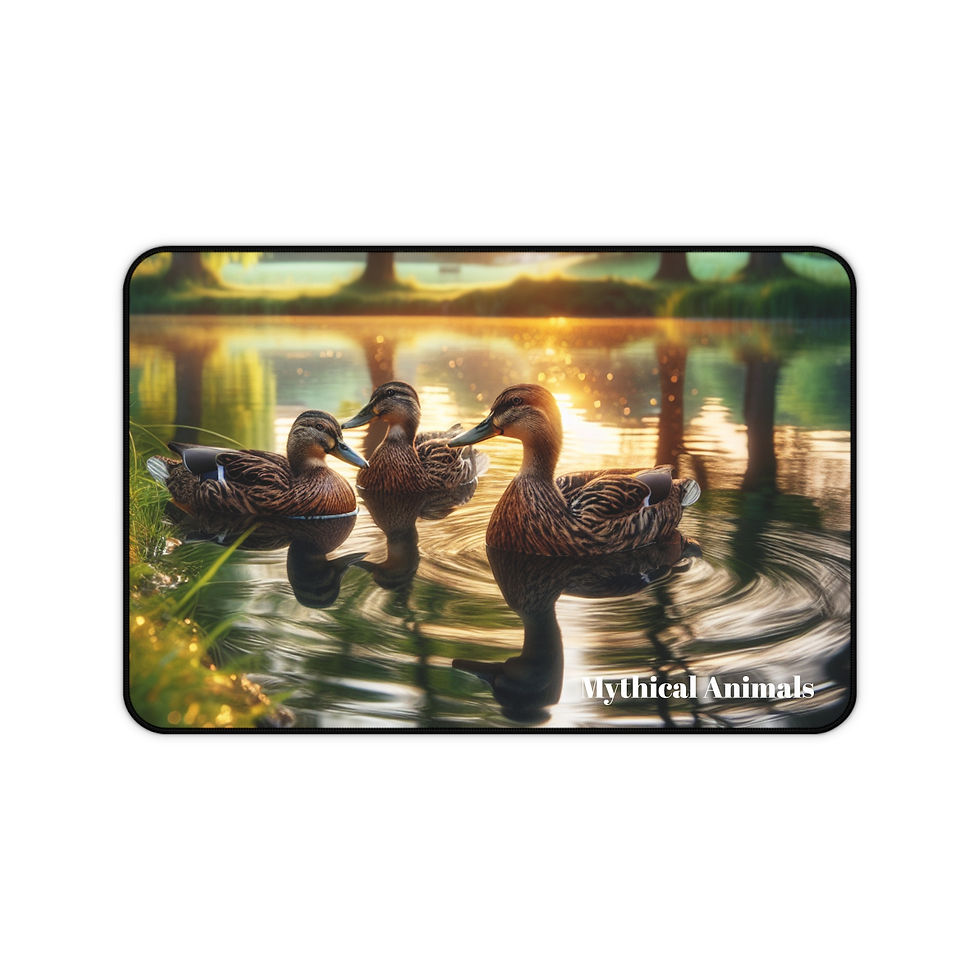
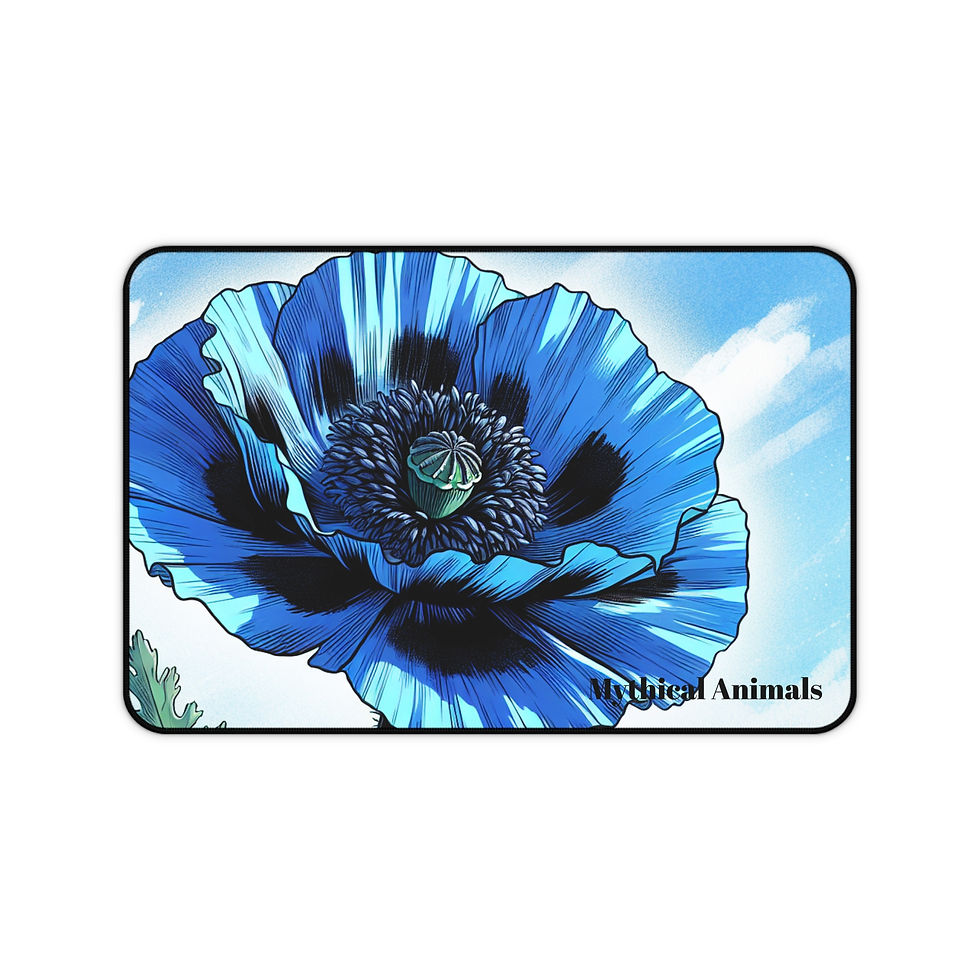


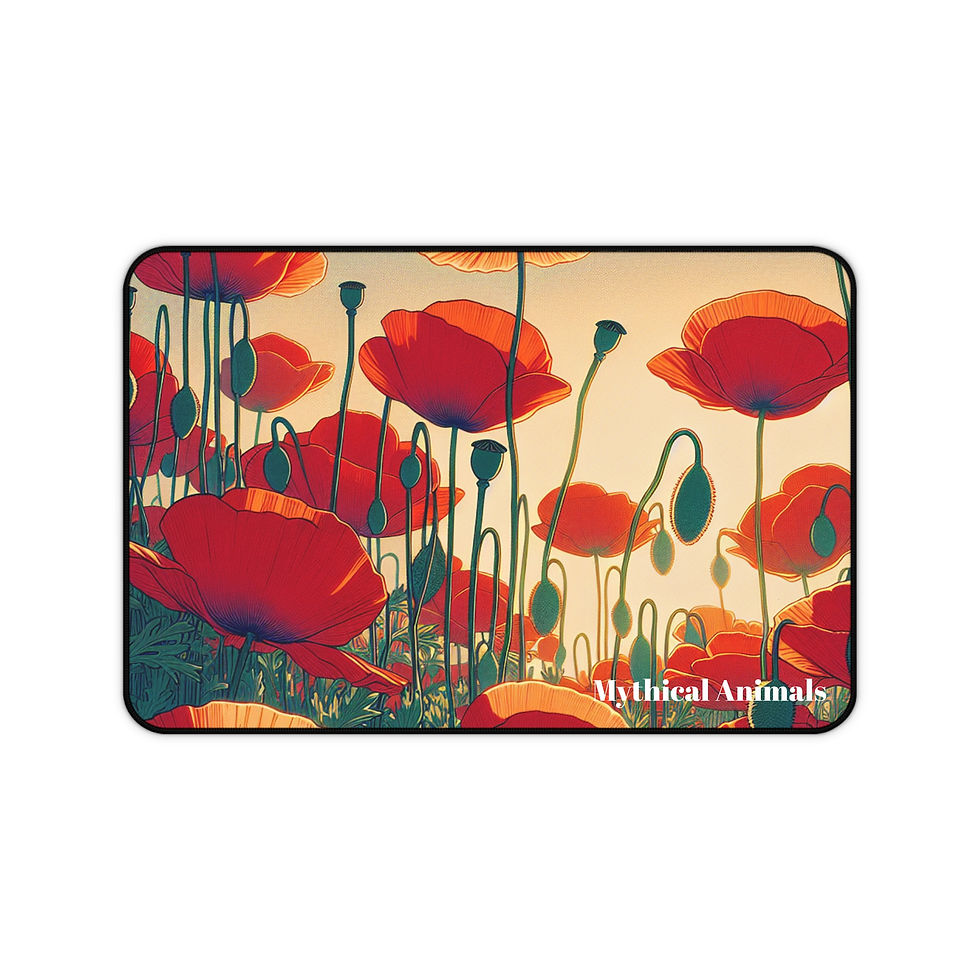


Comments